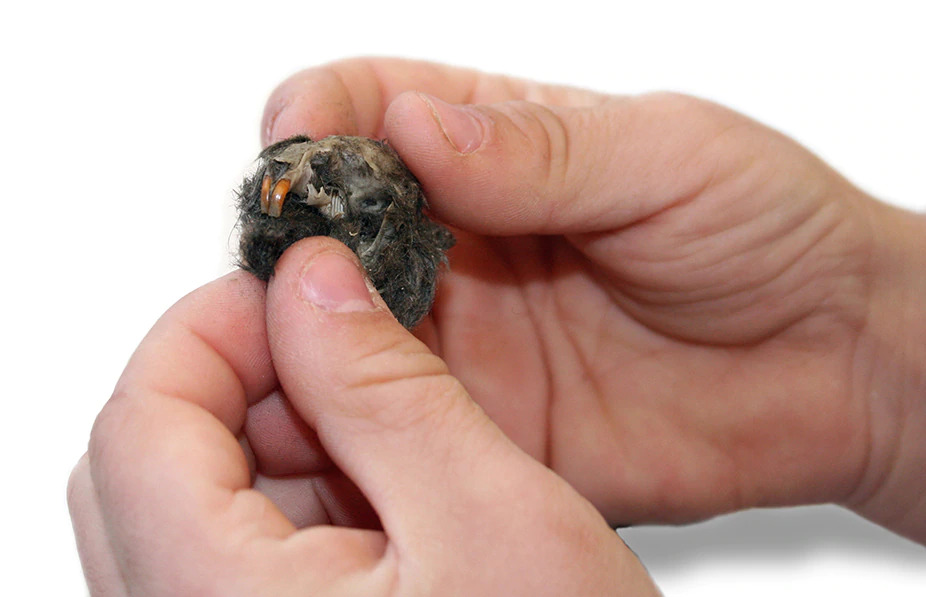Owl pellets safety in the classroom

Dissecting owl pellets is a great learning experience for students. Students will be able to learn about the diets of owls and how they sit on the food chain. However, it also provides a great opportunity for students to learn about safety precautions in the lab. The owl pellets sold by Southern Biological are heat sterilised and as safe as possible, however, like any microbes there is always a risk of infection. To eliminate the risk of microbial infections such as salmonellosis, we have provided a few tips and tricks to help you keep this classroom activity safe and rewarding for students.
1. Use sterilized owl pellets
The owl pellets (PD01) available at Southern Biological are individually wrapped and have been heat sterilized at 120°c for 4 hours to eliminate most bacteria. This is necessary as they can cause bacterial contamination as they contain the remains of animals ingested by the owl.
2. Isolate dissection activities to one day.
Completing dissection in one day will reduce exposure, risk of infection and allow you to promptly dispose of the owl pellets and materials.
3. Supervise dissection activities.
Owl pellet dissection must be supervised by a teacher or adult familiar with lab safety practices.
4. Handle Owl pellets with caution
Students should handle pellets with as though they are a potential source of bacterial or viral contamination. This advice applies to all procedures that involve biological materials. Students should understand safe laboratory practices early in their studies as they will remain relevant throughout their academic career and beyond.
5. Do not perform dissection in areas of food preparation or consumption.
Owl pellets should not be dissected in areas of food consumption or preparation. In the case it is unavoidable, Similarly, students should not be able to consume food or drink during this activity. Use of drinking fountains may spread microbial infections, if present.
6. Protect the lab environment
To diminish the risk of microbial infections, you may wish to cover the work surfaces with impermeable, disposable materials such as aluminium foil. Disposable paper, trays, or plates can be used as the work surfaces for dissection of the pellets. They should be disposed of immediately after the activity.
7. Use gloves and wash hands.
Provide disposable gloves for every student along with instructions on correct usage. Students should not touch their faces or any other surfaces during the procedure. Students must avoid skin contact with the exterior of the glove when removing. Students should use an antimicrobial foaming skin cleanser to wash their hands thoroughly and dry their hands with paper towel.
8. Collect dissection equipment after the activity
Students should exclusively use the provided equipment and avoid contact with pencils or other personal items that they will maintain in their possession after the activity. Use disposable dissection tools where possible. If not, immediately sanitise tools using a bactericidal and virucidal cleaning agent according to its instructions, or by soaking the tools for 2 hours in a 10% household bleach solution or in 70% ethanol.
9. Clean and sanitise work surfaces
Upon finishing the activity, be sure to immediately wash and sanitise the work surfaces. We recommend cleaning the surfaces with a bactericidal and virucidal cleaning agent, following the product instructions. 70% ethanol will also be effective; remember to take precautions as it is flammable). Alternatively, use a 10% household bleach solution; just be mindful of the fact chlorine bleach is corrosive and will irritate skin or damage clothing if used improperly. To wipe clean, use disposable paper towels as sponges or rags may house and spread bacteria or viruses. Once students have finished washing their hands, ensure the sinks and surrounding areas are sanitised.
